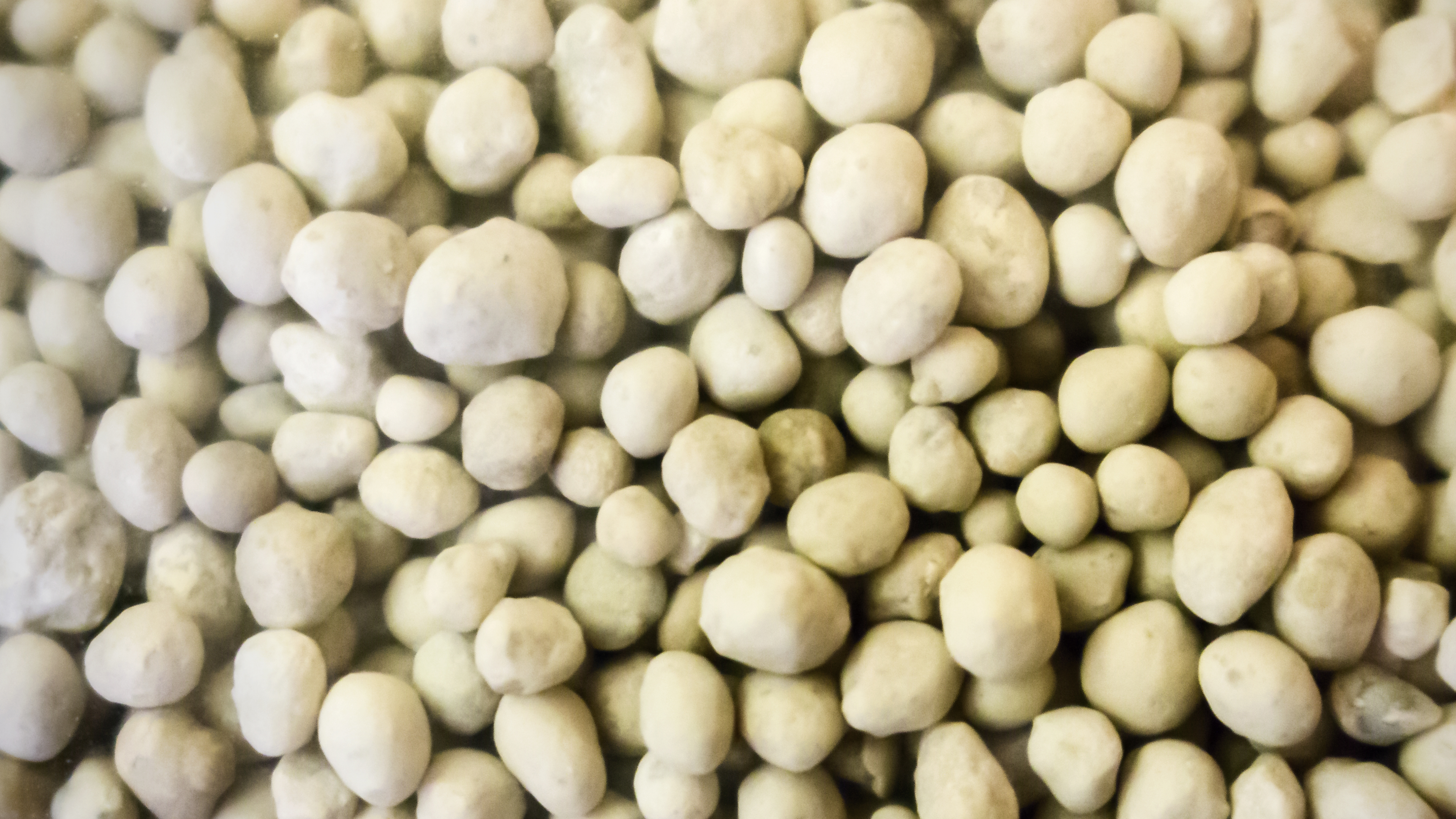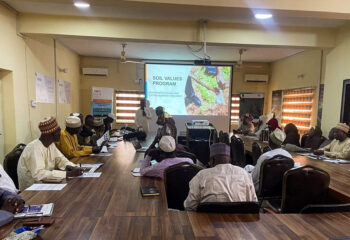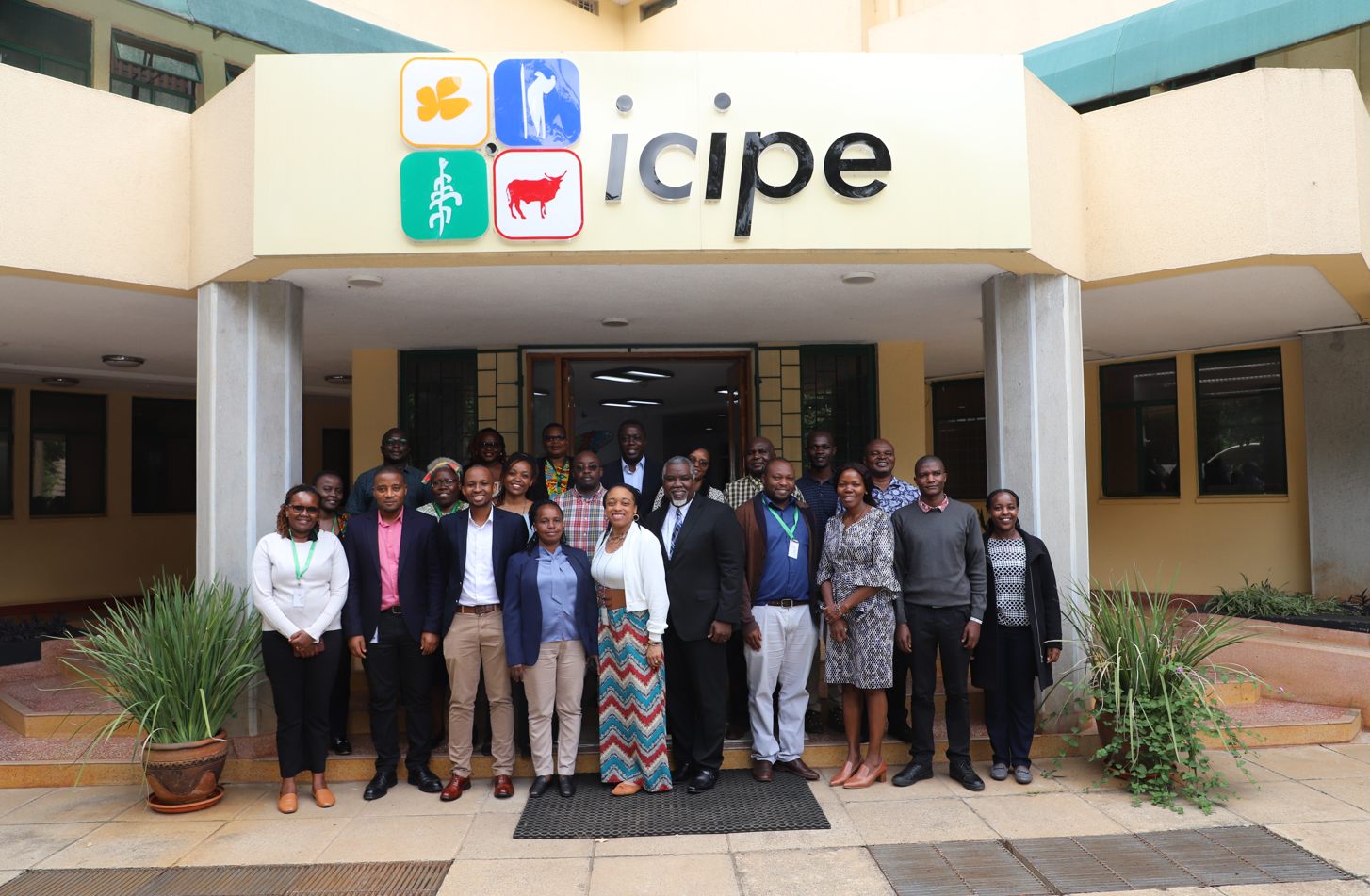The first one through the fifth will shock you!

While you probably won’t see this list on Buzzfeed, here are a few fertilizer misconceptions to help you understand the importance of soil and fertilizer research and development:
1 – Fertilizer will end world hunger. While getting the right fertilizers into the hands of farmers is hard enough, fertilizer alone cannot grow more food. Fertilizer is only part of a bigger solution that includes teaching farmers modern techniques and helping farming families sell (and eat) more nutritious food.
2 – Fertilizer is not natural (or “organic”) and will soon be depleted. Urea, a popular form of fertilizer, is comprised of Nitrogen, which itself comprises 70 percent of the Earth’s atmosphere. Phosphorus and Potassium, the other two “primary” nutrients used in fertilizer, are naturally found in and mined from large deposits around the world. If we use these nutrients sustainably, they can last us for quite some time – long enough to develop “novel” fertilizers that drastically reduce our use.
3 – Fertilizer overuse/underuse is not a problem. Sure it is. Depending on the location, culture and adoption of modern technology, fertilizer is often both overused and underused. Farmers broadcast urea on rice fields instead of using fertilizer deep placement, increasing use by up to 40 percent. Other times, farmers can’t afford enough fertilizers or don’t believe they work, so they use very little.
4 – Fertilizer is not essential to feed the world. According to environmental science expert Vaclav Smil, chemical fertilizers keep 40 percent of the world’s population alive – switching to all “organic” would result in the death of billions. As mentioned above, fertilizer is a part of a larger solution that often includes “organic” soil amendments, proper irrigation, and good seeds.
5 – Fertilizer is easily accessible. Seventy-five percent of the world’s poorest people are farmers, living on less than $1.50/day. A 50-kg bag of fertilizer can be quite expensive when a person has such little income. In developed nations, banks give farmers loans that can be paid back after harvest. However, in underdeveloped nations many banks are unwilling or unable to loan money to smallholder farmers, who otherwise cannot pay to feed their families, much less their plants and soils. In addition, the logistics of shipping to rural farms in developing nations complicate things further.
Can you think of more #FertilizerMisconceptions? Tweet us @IFDCglobal!



